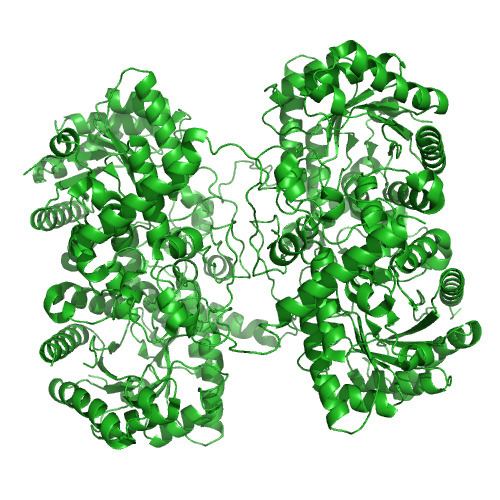EC number 2.1.1.5 ExPASy NiceZyme view | CAS number 9029-78-1 | |
 | ||
In the field of enzymology, a betaine-homocysteine S-methyltransferase also known as betaine-homocysteine methyltransferase (BHMT) is a zinc metallo-enzyme that catalyzes the transfer of a methyl group from trimethylglycine and a hydrogen ion from homocysteine to produce dimethylglycine and methionine respectively:
Contents
This enzyme belongs to the family of transferases, specifically those transferring one-carbon group methyltransferases. This enzyme participates in the metabolism of glycine, serine, threonine and also methionine.
Isozymes
In humans, there are two isozymes, BHMT and BHMT2, each encoded by a separate gene.
Tissue distribution
BHMT is expressed most predominantly in the liver and kidney.
Clinical significance
Anomalies in homocysteine metabolism have been implicated in disorders ranging from vascular disease, autism, and schizophrenia to neural tube birth defects such as spina bifida.
